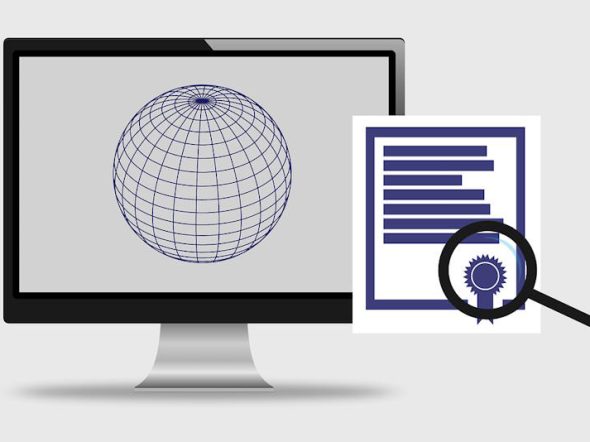It’s been three years since a large streaming service experienced an outage after forgetting to renew an expired certificate on time. While the disruption lasted only for an hour, customers didn’t take it too kindly, with some quick to bash the behemoth for failing to do their due diligence.
Certificate expiry is nothing new. However, an unexpected expiry could bring your business to its knees. If users spot warning messages about privacy upon landing on your website, they’ll bounce. This impacts your website traffic, sales, and brand value.
Thankfully, it’s possible to avoid unexpected certificate expiry. Here’s how.
1. Maintain a Centralized Certificate Management System
Lack of a centralized inventory and limited visibility into the total number of digital certificates across your environments contribute to unanticipated expiries. Outdated TSL/SSL certificates exist amid a sea of certificates and keys and operate in stealth mode, ready to wreak havoc in your ecosystem. Purpose to consolidate all discovered certificates in a central database.
By building sufficient visibility into every certificate in your ecosystem, you can accurately monitor their expiry status on-the-go.
2. Keep Accurate Records of Certificate Details
Pulling all certificates together for easier visibility and tracking is one thing, but it’s a completely different thing to ascertain their details. Following through on the latter goes a long way in keeping unexpected expiries at bay.
The central database is where all the action happens. Arrange all certificates based on the importance of the application they are installed on, the validity of the certificates themselves (according to the date and time formats of certain CAs), encryption strength, key strength, and so on. Having precise, down-to-the-detail records of certificates helps monitor expiry status and ensures expired certificates are renewed on time.
3. Regularly Monitor Certification Expiration Dates
Regarding monitoring, you must keep close tabs on your certificates and their expiration dates. Checking in once in a blue moon does nothing to your certificate discovery goals. Make it a regular thing.
By regular, we mean once every week if possible. If you can’t do it yourself, mobilize the PKI team instead. In short, do everything you can to ensure an abrupt expiry doesn’t happen under your watch.
4. Consider Using Certificate Monitoring Tools
Ah, automation. There’s always an automated version of any process in certificate lifecycle management, and monitoring is no exception. Where manual monitoring fails is exactly where an automated monitoring tool shines; use it to proactively identify and address potential issues. With remarkable efficiency and accuracy, it’ll track all the certificates you own and when they will expire. Thanks to this software, you can request renewals before your document lapses, so there’s no downtime involved.
5. Set Up Automated Reminders
A natural extension of automated tracking, reminders ensure you never miss important certificate renewals. Quit doing expiry calculations by mind or jotting down dates in some clucky notebook or whiteboard. It’s an incredibly exhausting and time-consuming chore. Instead, leave it all to an automated certificate manager and focus on what’s important.
Reminders are just a small part of certificate managers' capabilities. Such tools allow you to accomplish all the above use cases in one interface. You can set expiration reminders, manage and track certificates, maintain up-to-the-minute certificate details, and more.
With an automated certificate management system like Sectigo, you can obtain a 360-degree of your certificate landscape so no expiry date or renewal falls through the cracks.
Nip Certificate Expiry in the Bud with Proactive Action
Staying proactive and vigilant is key to avoiding unforeseen, business-impacting digital certificate expiry. By implementing regular monitoring, automated reminders, centralized management, and accurate record-keeping, you can ensure that your certificates remain valid and avoid disruptions to your operations. Taking the steps highlighted in this article will help maintain the security and functionality of your digital infrastructure.
